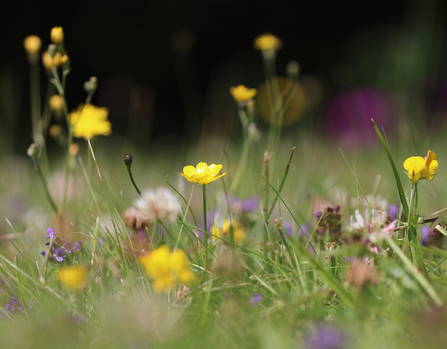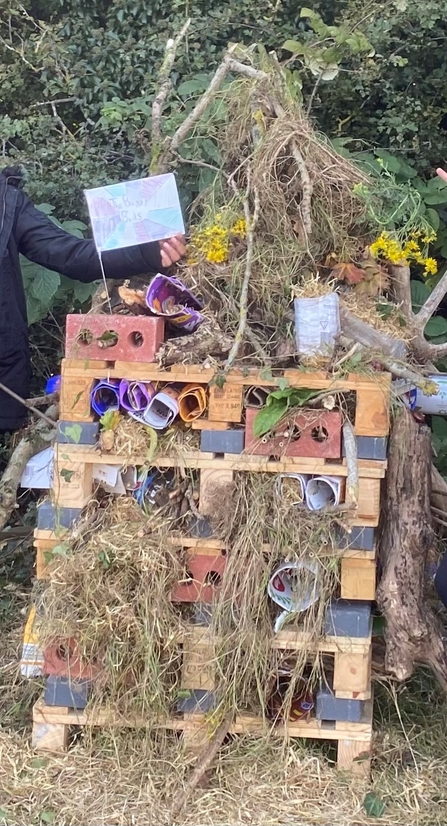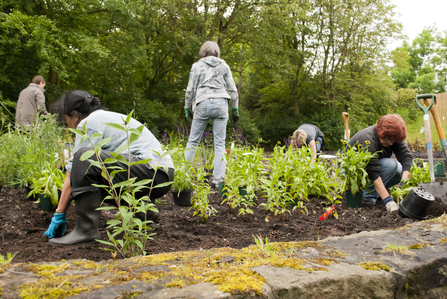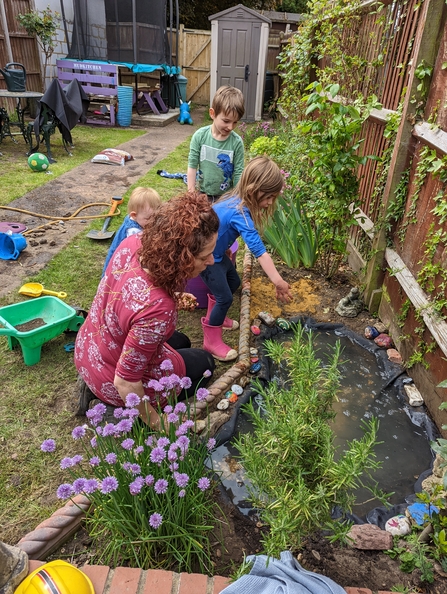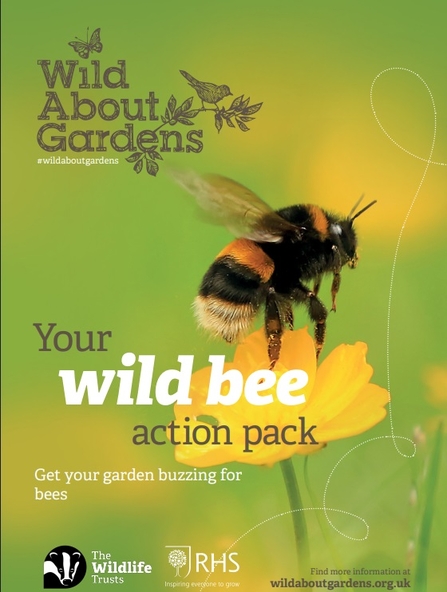The Easter weekend is dawning… Widely accepted as the biggest DIY weekend of the year, the bank holiday weekend provides an opportunity for many of us to get busy in the garden so we’ve sought to answer your questions about how to make your outside space more wildlife-friendly. Hopefully you will find some inspiration for a project or two to enhance it for you and visiting wildlife, making it a haven for all to thrive in.
Why are our gardens so important for wildlife?
If we were to combine all of our gardens nationwide, they add up to an area greater than all of the nature reserves across the UK. Collectively, our outdoor space is a vital part of the jigsaw that makes up a rich mosaic of green space and natural havens which extend into the wider countryside. Whether you have a small balcony, a window ledge, local community space, backyard or an extensive garden, it’s part of a route for wildlife that links urban and more rural green spaces with nature reserves and the wider countryside.




